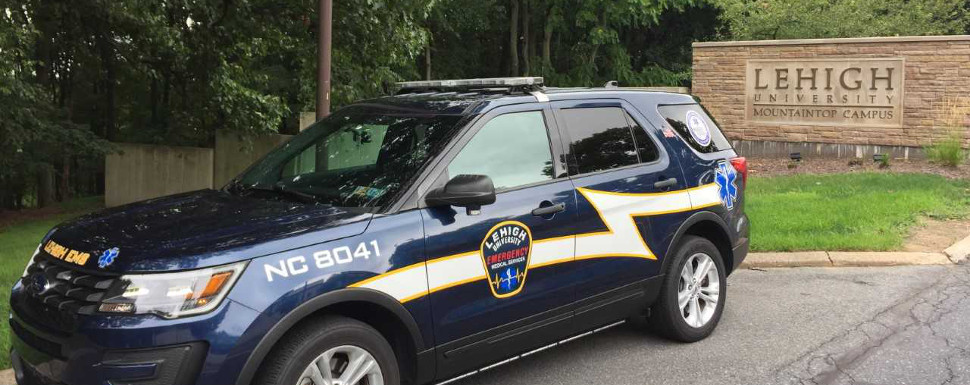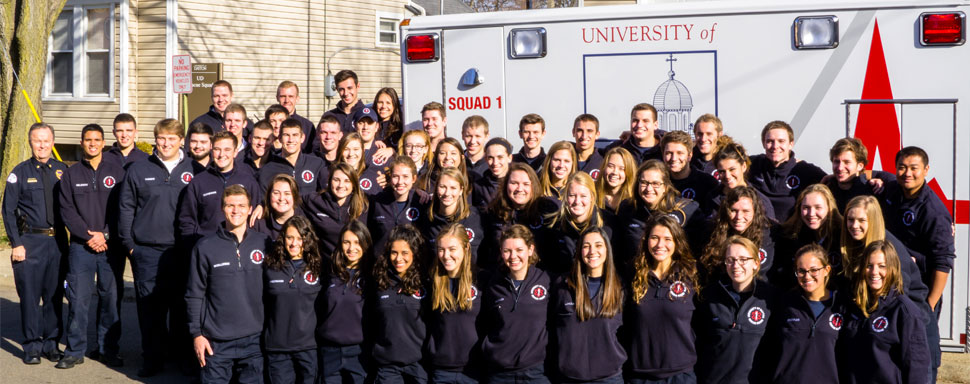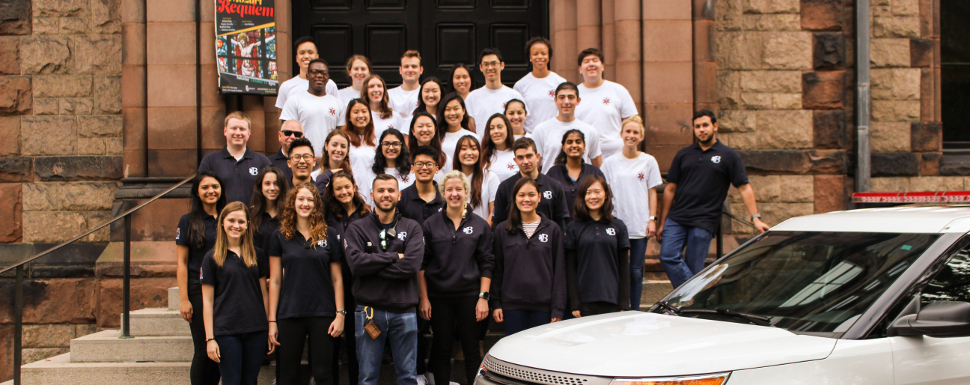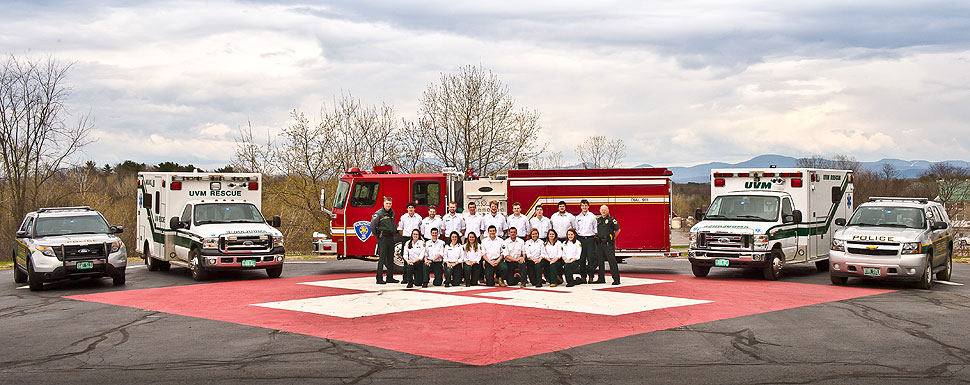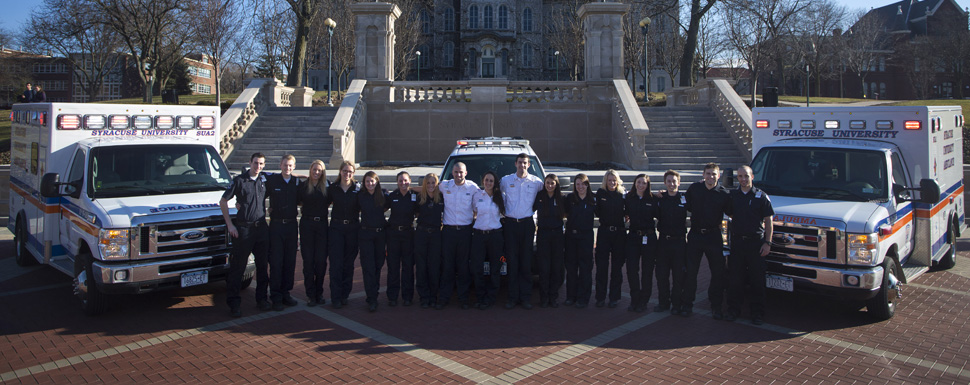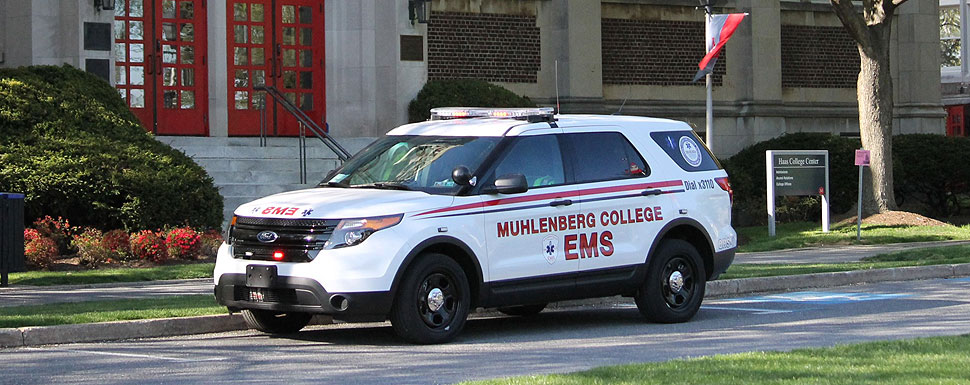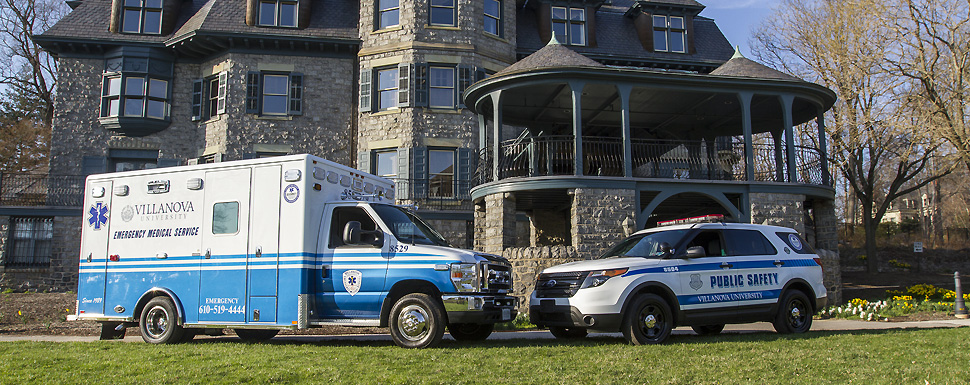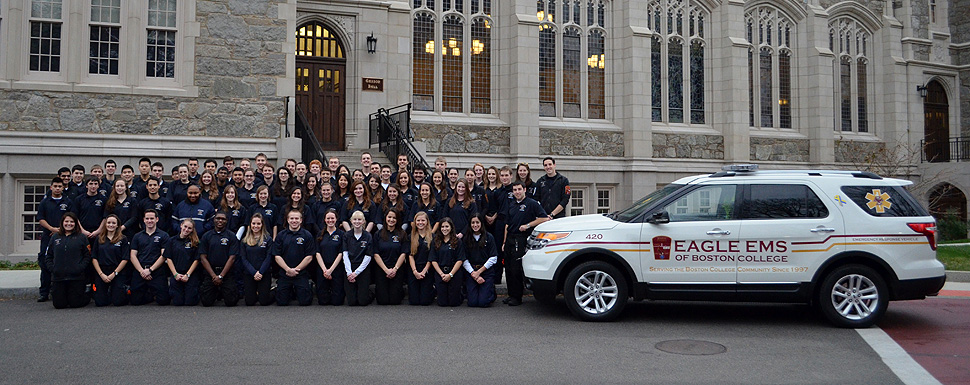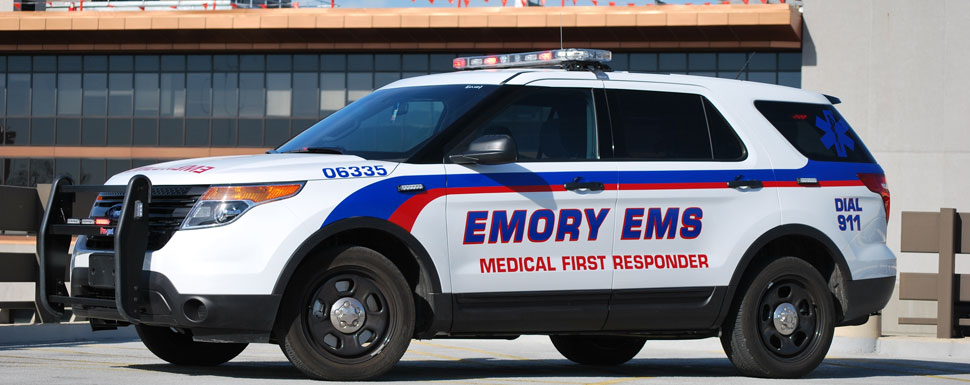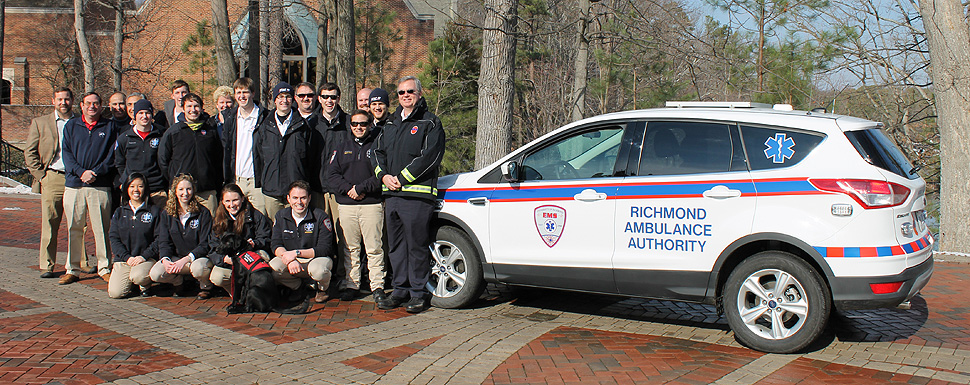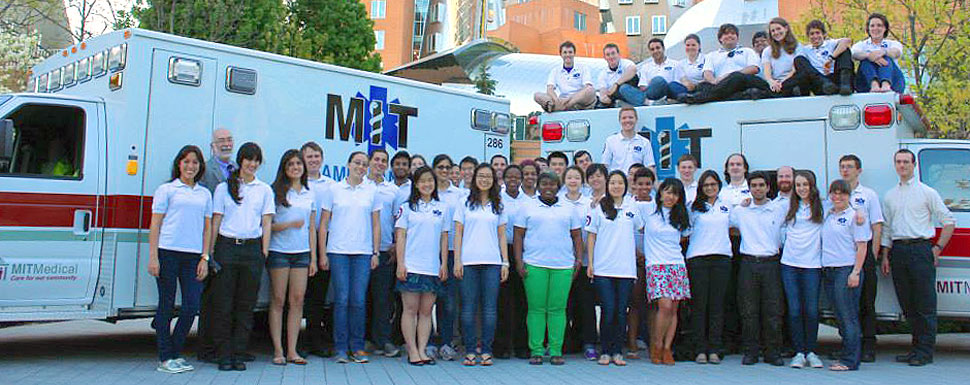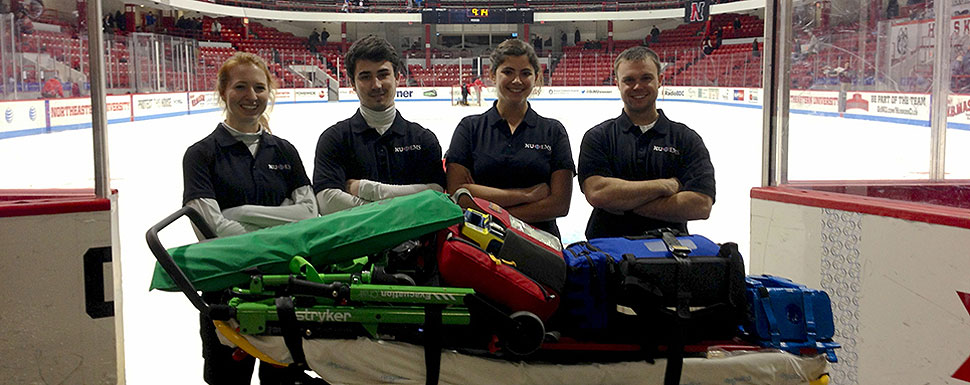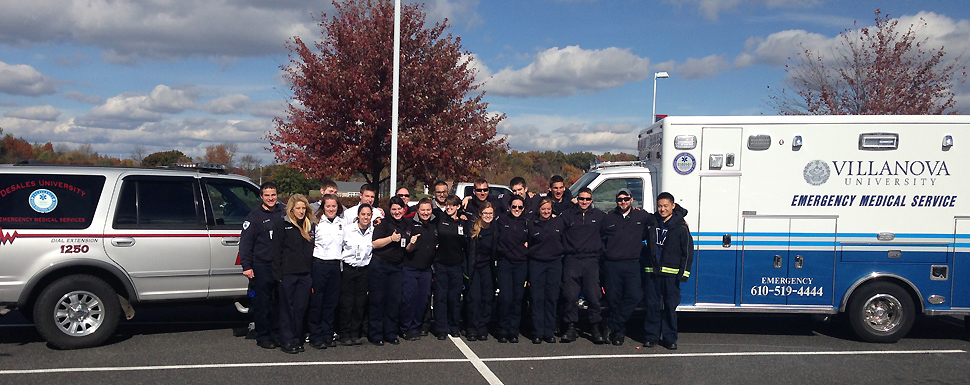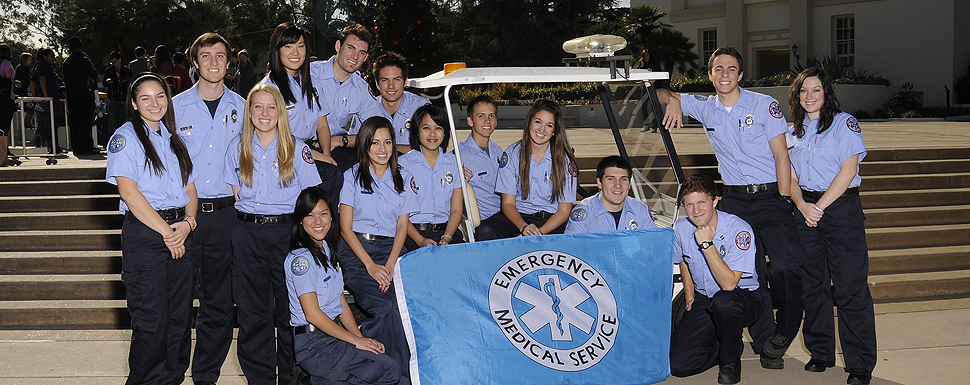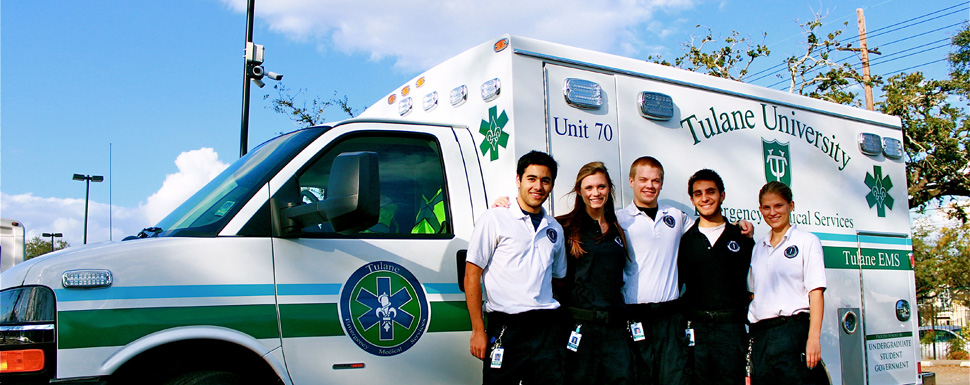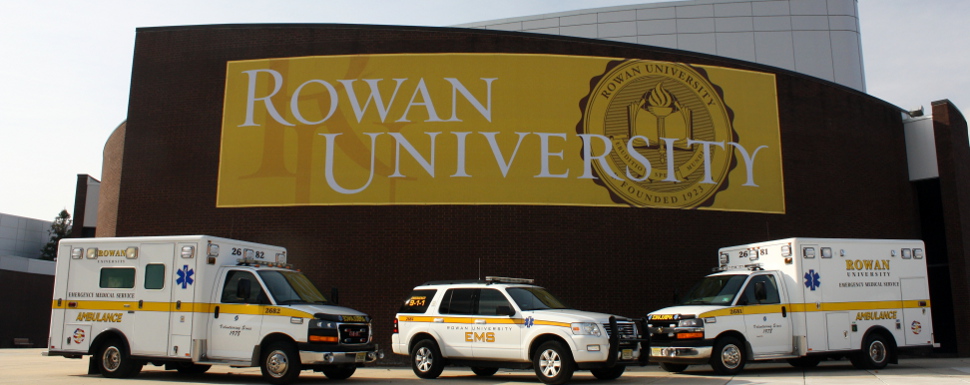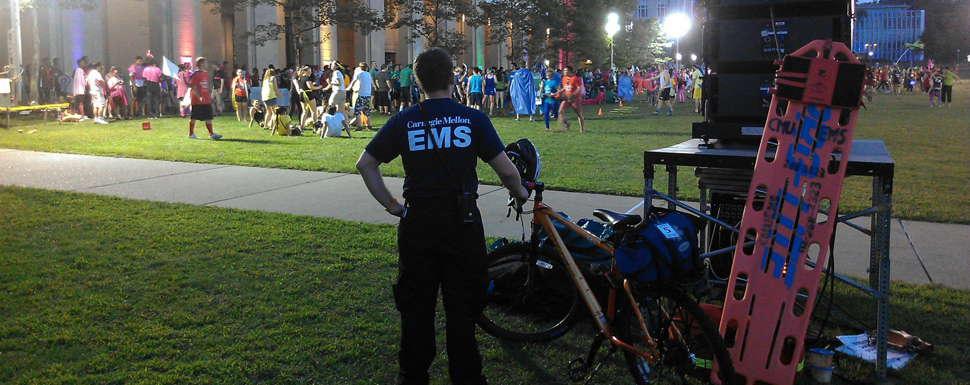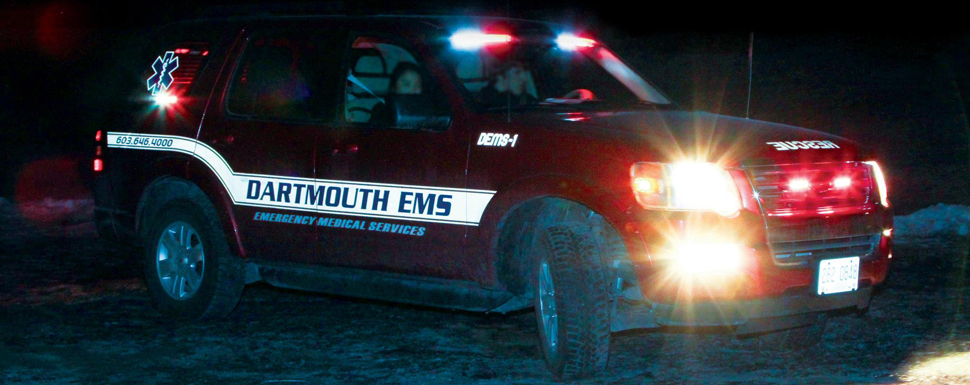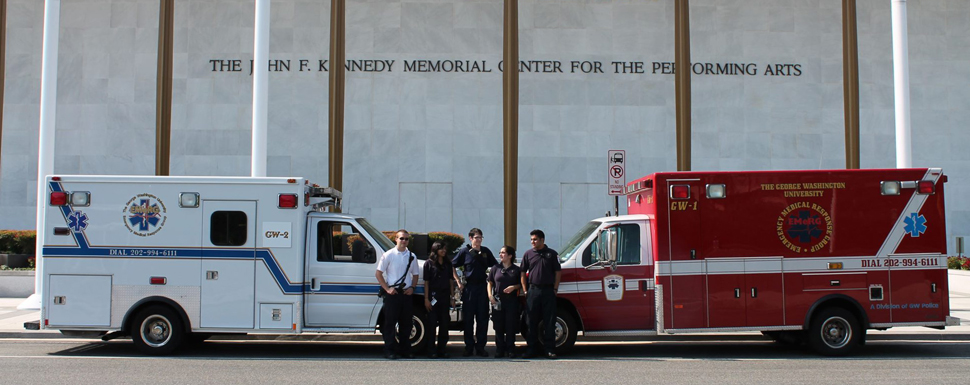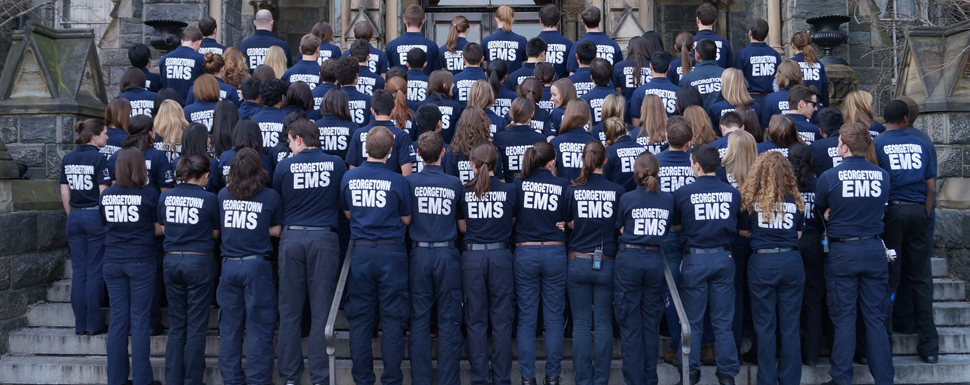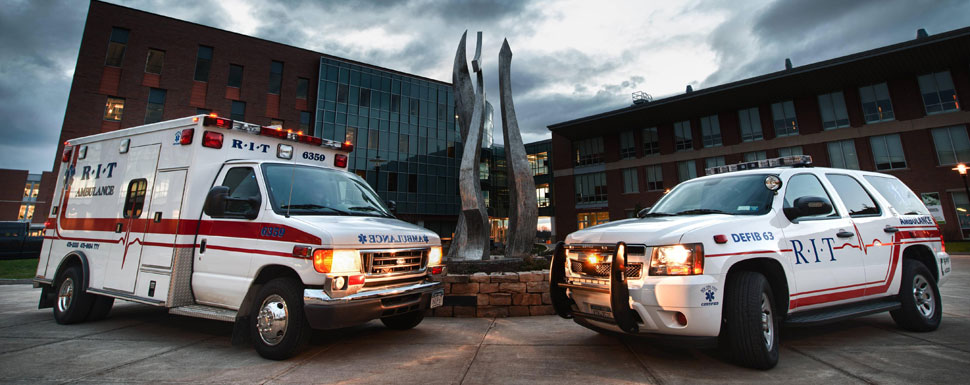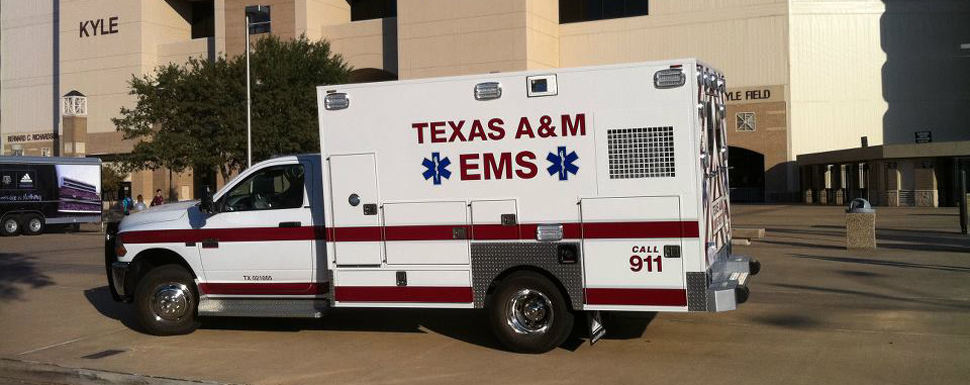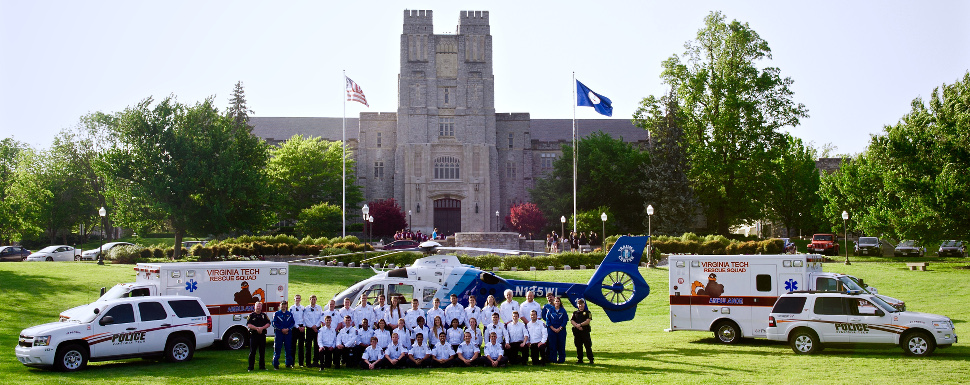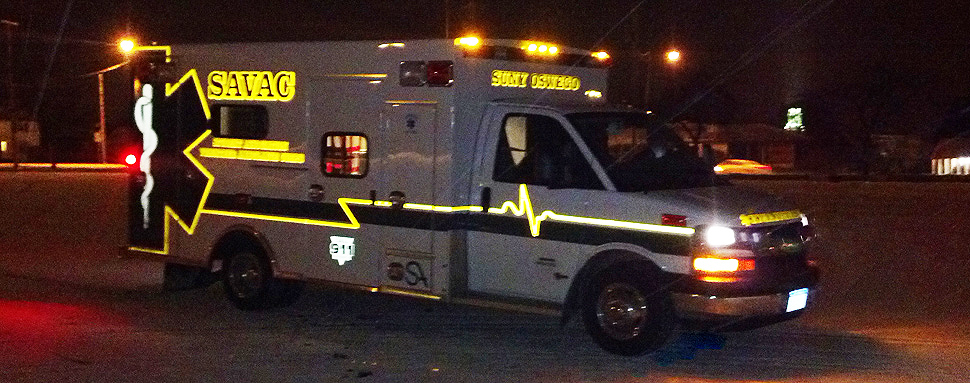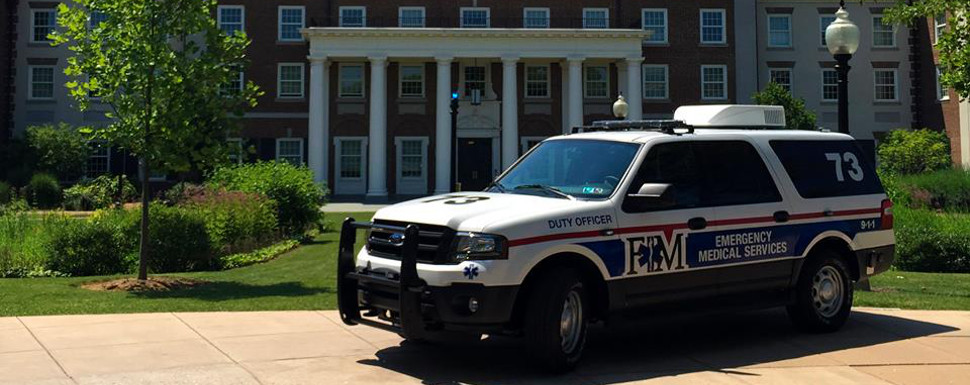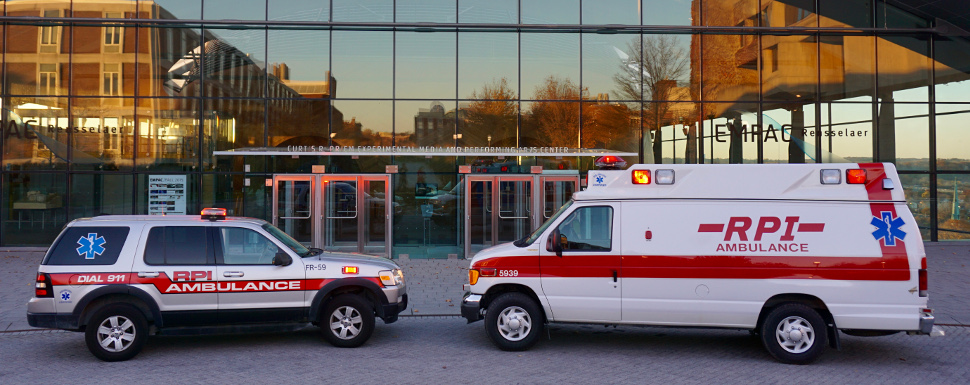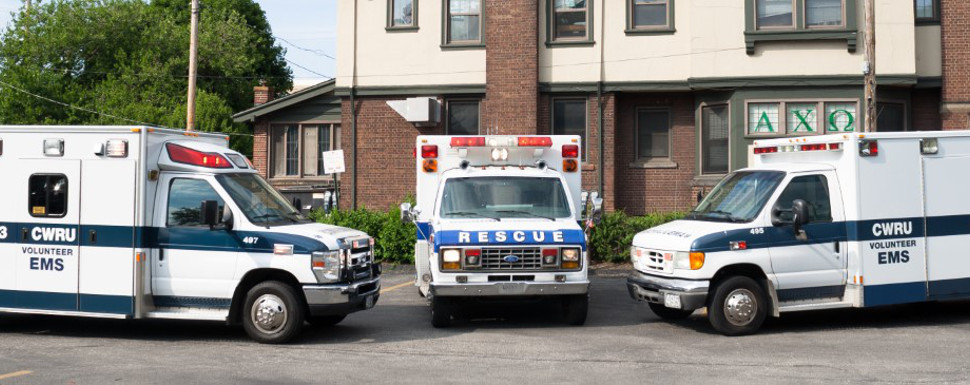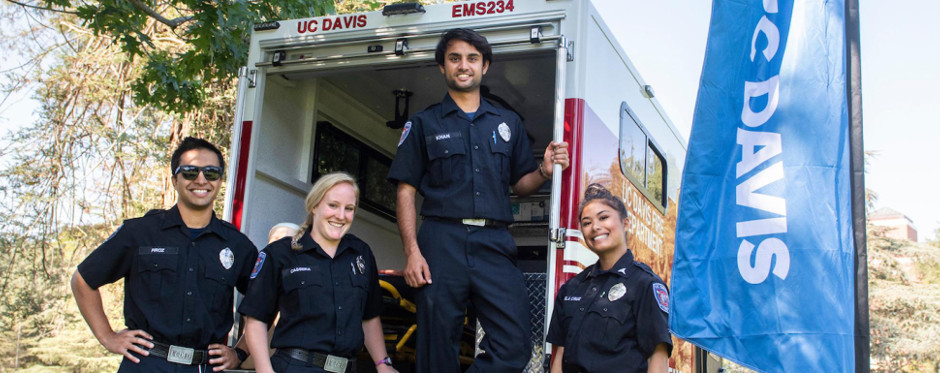
Student EMT's at USF
By STEVE NEWBORN
TAMPA
It's 9 a.m. on a Saturday morning, when most students are more likely to be recovering from the previous night's imbibing than trying to help save someone's life. But a group of USF students are prying their eyes open early to get a taste of what it's like being the first on the scene at a medical emergency.
During a recent class, instructor Mike Van Hoke from American Medical Response "volunteered" Erin Sotieux to let herself be strapped into a backboard.
VAN HOKE: Now, as a first responder, you arrive at the scene, and one of the first things you're going to do, is your going to assess what the mechanism of injury is. And we'll say that someone says, "Oh yeah, the poor dear, she rolled down the stairs. She stumbled and rolled down the stairs. And she's laying there moaning. SOTIEUX: (moans). VAN HOKE: Oh now, come on, you can do better than that, can't you? SOTIEUX: (loader moan). There you go!
Students have to learn basic skills of taking vital signs, dealing with airway obstructions and strapping patients on backboards so they can be transported.
Soutieux is a pre-med freshman at USF's Tampa campus. She said getting strapped down and feeling helpless will help make her treat her patients more gently.
SOUTIEUX: It's actually very uncomfortable. And you kind of like have a trust for the people who are handling you. And they did a good job. Your lives are in their hands, so, it's kind of scary.
The class is the brainchild of the University Emergency Medical Services Association. The student group hopes to establish a student medical team that would respond to emergencies on campus. Although this kind of setup has been done elsewhere, this would be the first student team based at a university in Florida.
Stephen Poff is the group's faculty advisor.
POFF: I think this program right here, the training program that's going on now, this first responder program, is unique in the state.
Dr. Poff says medical personnel are trying to put together similar classes at the University of Tampa, the University of Florida and Nova University. But this is the only one that is affiliated with a state university.
This is a class designed to train first responders. They are the first tier of emergency personnel and include firefighters and police. The idea is to set up student teams to pair up with EMT's. Poff sees it going further than that.
POFF: We're looking at partnering with Tampa fire rescue to do events in the community like Gasparilla, the football games, running events and those kind of things. And hopefully, we'd like to have a presence at USF.
He says one of the best things about the class is the level of enthusiasm he's sees from the students.
POFF: This is totally voluntary. These students are coming together on their own, they're going to meetings at nine o'clock at night, getting up at nine on a Saturday morning - which is unusual for college students - and they're committed to doing this for the next eight weeks, and then committed to taking their expertise and sharing it with the USF community, as well as the Tampa community at large.
One of his students is junior Kristen Vick. She first got a taste for health care when she shadowed her grandparents, who are doctors, for several days.
VICK: I always felt like if I could do something to help, I wanted to. But this just gives me an extra edge that, I know what I'm doing when I help.
Vick watches CSI regularly and is an ER junkie who never misses a Thursday night episode. But she didn't have aspirations to work in emergency medicine until she attended a class here.
VICK: I'm a big rush junkie. I really like the adrenaline. But I have always wanted to help and I just love to help. And if I feel like with surgery, it's such a long process, but emergency medicine, you don't know what's coming in. And you have to be prepared and on your toes all the time.
The class is the brainchild of Aitan Zacarin and Ari Rubenstein, who direct the University EMS Association. There are 135 members in the organization, which Rubenstein partially credits to the slew of medical shows on television.
RUBENSTEIN: It could be partially related to TV shows, but I think for the most part, the interest really comes from the students and wanting to get a hands-on experience and wanting to help patients and know that they can do something to help their community while they're going through pre-medical education.
After the eight week class is finished, he hopes to have the students really open their eyes on a 10-to-12-hour shift with the American Medical Response ambulance

